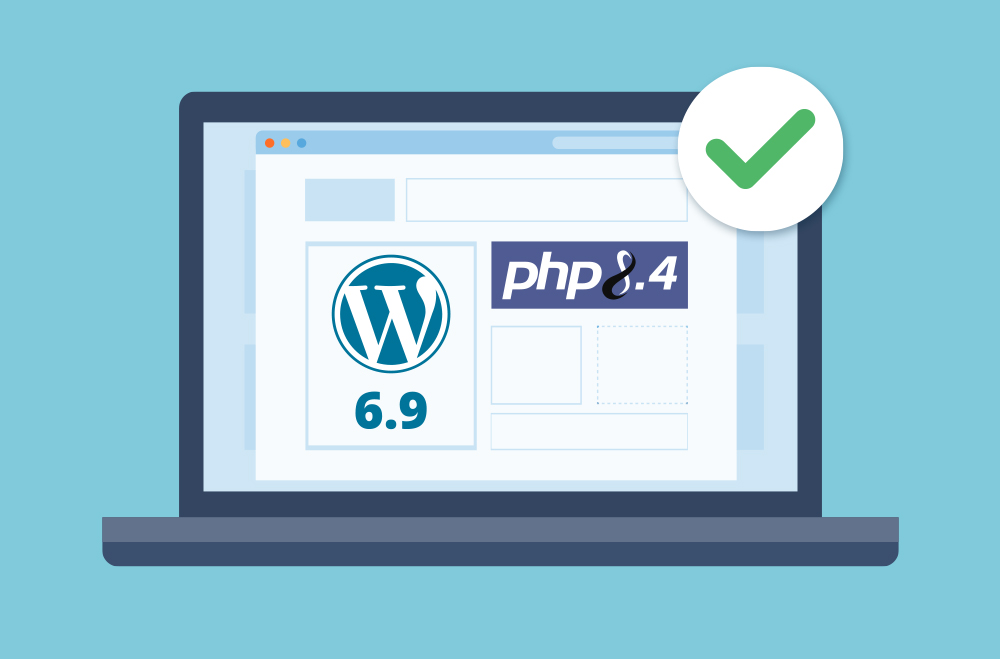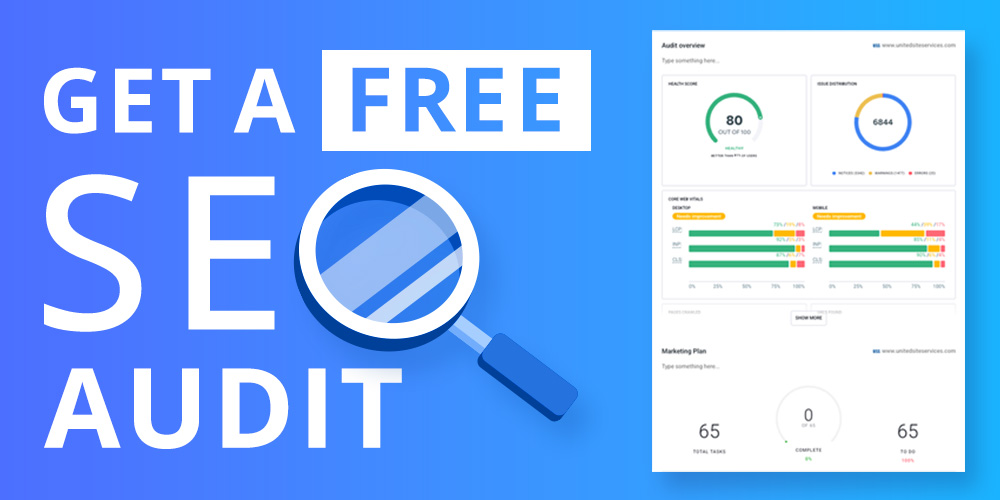


Keeping your WordPress site fast, secure, and future-ready starts with staying current on the latest platform updates. With the release of PHP 8.4 and WordPress 6.9, site owners and developers gain access to powerful new tools that improve speed, tighten security, and streamline workflows. In this guide, we’ll explore what’s new, why these updates matter, and how to upgrade safely for long-term success.
PHP 8.4, released in late 2024, introduces major upgrades that enhance performance, security, and developer efficiency, mainly when used with WordPress 6.9. This version includes asynchronous processing improvements, optimized memory usage, and object-oriented programming enhancements that make custom WordPress development more scalable and secure. It also improves how dynamic content and background tasks are handled, making it ideal for busy eCommerce stores, lead-generation websites, and media-rich blogs.
Upgrading to PHP 8.4 ensures compatibility with modern plugins and themes while enabling faster execution, lower server load, and improved protection against vulnerabilities. Together with WordPress 6.9, this pairing represents a future-ready tech stack for any serious WordPress site. These updates work together to provide faster page delivery, stronger data protection, and cleaner developer workflows, ultimately offering a more seamless experience for site owners and users.
array_find(), array_all(), etc.) for cleaner codeThe graph compares the perceived importance (on a scale from 1 to 10) of updating to WordPress 6.9 and PHP 8.4 in areas critical to website success:
This data helps underscore why site owners should prioritize updating to both platforms, ensuring a secure, efficient, and competitive online presence. Let me know if you'd like this saved or exported in a specific format!
WordPress 6.9 introduces sweeping improvements in usability, performance, and long-term compatibility. Designed with PHP 8.4 integration in mind, it includes tools that empower developers and non-technical users to build faster, more secure websites. Whether you're managing content, products, or user communities, WordPress 6.9 reduces friction across the board.
This release emphasizes speed, accessibility, and workflow enhancements. WordPress 6.9 ensures a smoother, more intuitive experience from content creation to site management. With updated APIs and broader PHP 8.4 support, it also encourages developers to modernize their toolsets and adopt best practices for long-term sustainability.
WordPress updates are released to keep your site secure, efficient, and aligned with evolving web standards. These updates include core improvements, new features, bug fixes, and security patches. Whether a solo blogger or running a complex eCommerce store, staying updated ensures your site performs well and remains compatible with the latest plugins, themes, and hosting environments.
Security is one of the most critical reasons WordPress needs to be updated. With each new release, developers address known vulnerabilities that, if unpatched, could expose your site to attacks. From core file patches to plugin security fixes, updates help prevent malicious access and data breaches.
Regular WordPress updates are essential for maintaining optimal site speed and responsiveness. Performance enhancements often include code optimizations, database query improvements, and asset loading efficiencies that directly improve the user experience.
Search engines reward websites that are fast, mobile-friendly, and secure. Outdated software can result in broken functionality, slower performance, and even ranking penalties. Staying current with updates ensures your SEO tools function correctly and your content remains crawlable and competitive.
It is important to verify that all your plugins, themes, and custom code are compatible before applying updates. This helps avoid crashes, functionality issues, or downtime after the live update. A staging environment is highly recommended for this step.
Applying updates in a structured sequence ensures minimal disruption and maximum compatibility. This process reduces the chance of conflicts and helps identify issues early.
Creating a backup before making any updates is essential. If an update causes issues, a backup lets you quickly restore your site to a working state. Both manual and automated backup options are available, and off-site storage is recommended.
Staging environments are duplicates of your live site that allow you to test updates safely. They help you identify potential issues before changes go public, ensuring a smoother update process.
Despite preparation, issues can still occur after applying updates. These are usually due to plugin or theme conflicts, outdated custom code, or changes in database structure. Quick identification is key to resolution.
Troubleshooting involves isolating the problem and systematically resolving it. Start with debugging, test elements individually, and consult documentation or support channels when needed.
Staying current with WordPress ensures long-term security, performance, and compatibility. Regular updates reduce technical debt and allow your site to evolve with the platform and industry standards.
Automating updates simplifies maintenance, especially for site owners managing multiple WordPress installs. With automation tools, you can schedule updates, receive alerts, and even roll back changes if issues arise.
Future-proofing your WordPress site involves consistent updates, monitoring trends, and eliminating unsupported tools. Staying proactive ensures your site remains reliable and scalable as the ecosystem evolves.
Staying updated with the latest versions of PHP and WordPress isn't just good practice; it's essential for speed, security, and stability. However, managing updates, backups, and compatibility testing can be time-consuming.
That's where Bright Vessel comes in. We offer tailored WordPress maintenance plans that handle everything from staging environments to performance audits. Our team ensures your website remains optimized, secure, and ready for growth, so you can focus on running your business.

"*" indicates required fields

"*" indicates required fields

"*" indicates required fields